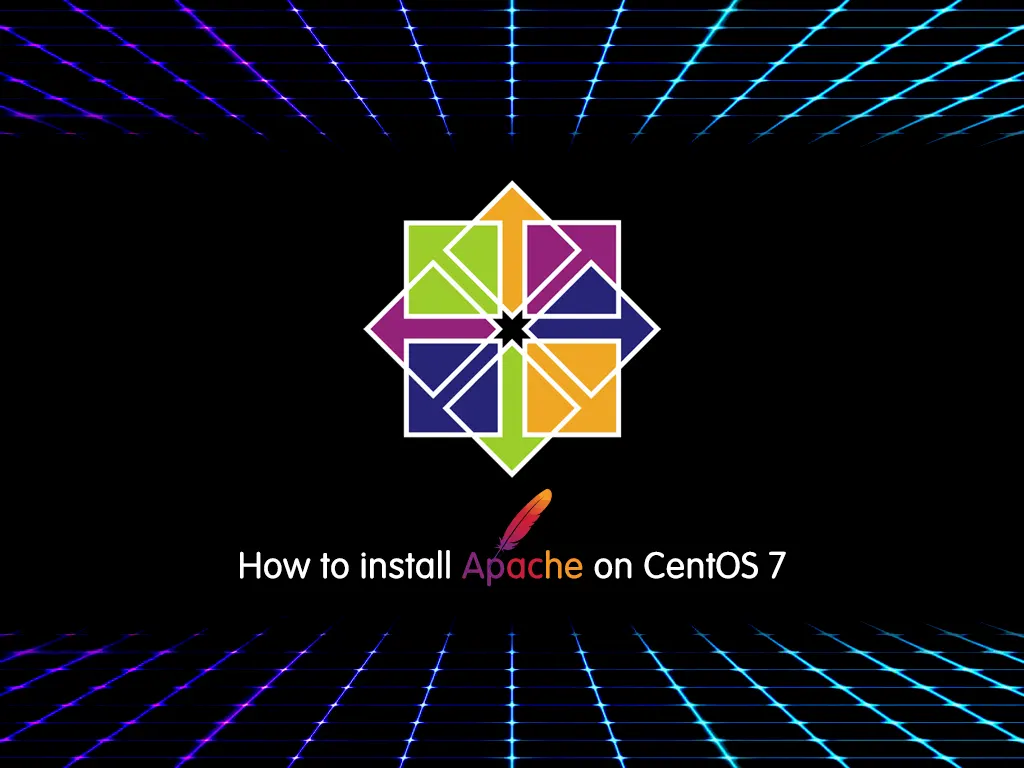YouTube has warned content creators that, beginning today, certain uses of AI in their videos must be clearly labeled.
The team at the Google-owned video site said a new tool has been added to the Creator Studio, effective immediately, where uploaders can tag videos containing altered or synthetic media that could be mistaken for real. Videos tagged this way will show a relevant label, either in the expanded description or on the video itself, depending on the sensitivity of the subject matter.
While saying uploaders have the option of ticking the box to indicate their content was made with AI is true in the strictest sense, it’s not actually optional. For applicable uses of synthetic or altered media, disclosure is mandatory.
“The new label is meant to strengthen transparency with viewers and build trust between creators and their audience,” YouTube said, adding: “We’re not requiring creators to disclose content that is clearly unrealistic, animated, includes special effects, or has used generative AI for production assistance.” Production assistance includes generating scripts and content ideas, automating captions and the like, YouTube said.
Google announced plans to require AI-generated content labeling in November of last year.
As for when the use of AI has to be disclosed, YouTube said it needs to be shared any time it includes “content a viewer could easily mistake for a real person, place or event,” as explained in more detail on a new Google help page on the topic.
That includes making a real person appear to do or say something they didn’t, altering footage of a real event or place, or generating a realistic scene that didn’t actually occur.
In some “realistic” cases the disclosure isn’t required, such as when AI is used to change color balance or lighting, blur backgrounds, or create film effects. The use of “beauty filters or other visual enhancements,” doesn’t need to be tagged either, though it could be argued such use may be harmful.
Disclosing that a video has been altered or is synthetic won’t result in demonetization or reach limiting, but failure to add the label is definitely a no-no.
Per the help page, if YouTube spots a case where the label wasn’t applied it may add one permanently, and repeated violations could result in penalties including removal of content or suspension from the YouTube Partner Program.
YouTube also plans to update its privacy process for requesting the removal of AI-generated and other synthetic content simulating an identifiable individual, though that has yet to be introduced.
“We hope that this increased transparency will help all of us better appreciate the ways AI continues to empower human creativity,” the platform said. ®



